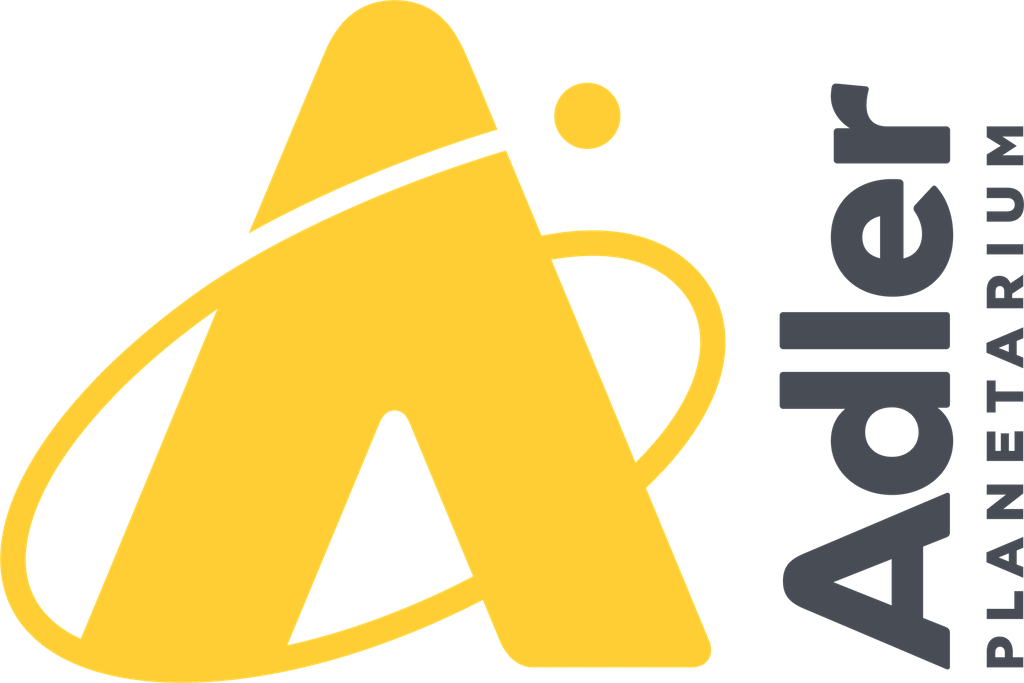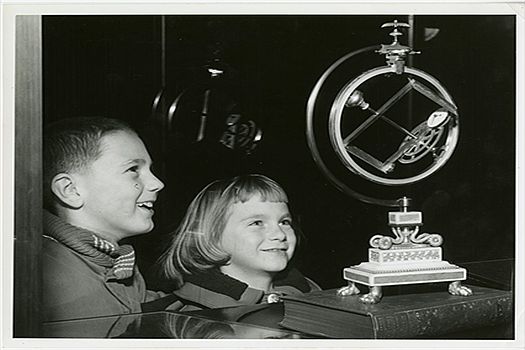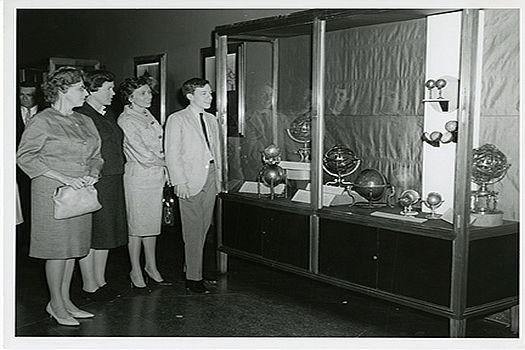Домашняя страница
Explore the Collections of the Adler Planetarium
The Adler is home to one of the largest and most significant collections of historic scientific instruments in the world.
The Adler’s collections also include rare books, manuscripts, archival materials, models, and photographs.
The Adler’s online collections catalog allows anyone and everyone to search our digitized collection of objects, books, historical photographs,
and archival materials, at the touch of their fingertips or click of a button. Click on the Search tab to begin your search today.
A Brief History of the Adler’s Collections
The Adler Planetarium opened to the public on May 12, 1930, becoming the first institution of its kind in the Western Hemisphere. In December 1929, while the
Planetarium’s building was still under construction, benefactor Max Adler and director Philip Fox acquired a lot of c. 500 scientific instruments from the Dutch
antiques dealer Anton W. M. Mensing. It comprised sundials, astrolabes, telescopes, armillary spheres, orreries, and other devices. A library of rare books on
astronomy and related subjects also started to be assembled in the early days of the Planetarium.
The collections expanded significantly over the decades through the acquisition of individual items, bulk purchases, and gifts. Today they include roughly 2,800 artifacts and 2,700 rare books. A period of significant development started in 1962, when Roderick S. Webster and Marjorie K. Webster became volunteer caretakers and benefactors. They contributed with over 340 artifacts and many rare books. Additional gifts from instrument connoisseurs and collectors such as David P. Wheatland and Kenneth Nebenzahl reinforced the Adler’s scientific instrument holdings, while those from aerospace engineer Robert R. Gilruth and astronaut James A. Lovell extended the scope of the collections into space exploration.
The Adler is also home to the largest institutional collection of paintings by space artist Chesley Bonestell, and holds significant archival collections covering areas such as the Planetarium’s institutional history, telescope making, amateur astronomy, instrument research and curation, space flight, and the debates on extraterrestrial life.
The collections expanded significantly over the decades through the acquisition of individual items, bulk purchases, and gifts. Today they include roughly 2,800 artifacts and 2,700 rare books. A period of significant development started in 1962, when Roderick S. Webster and Marjorie K. Webster became volunteer caretakers and benefactors. They contributed with over 340 artifacts and many rare books. Additional gifts from instrument connoisseurs and collectors such as David P. Wheatland and Kenneth Nebenzahl reinforced the Adler’s scientific instrument holdings, while those from aerospace engineer Robert R. Gilruth and astronaut James A. Lovell extended the scope of the collections into space exploration.
The Adler is also home to the largest institutional collection of paintings by space artist Chesley Bonestell, and holds significant archival collections covering areas such as the Planetarium’s institutional history, telescope making, amateur astronomy, instrument research and curation, space flight, and the debates on extraterrestrial life.





